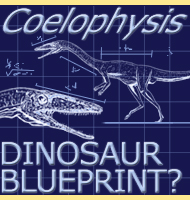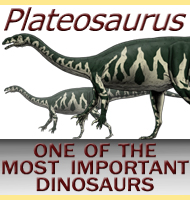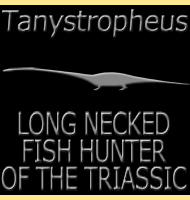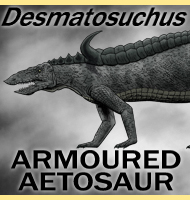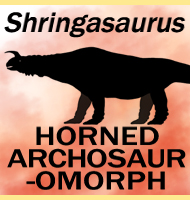


Kyrgyzsaurus
Name:
Kyrgyzsaurus
(Kyrgyzstan lizard).
Phonetic: Krig-iz-sore-us.
Named By: V. R. Alifanov & E. N.
Kurochkin - 2011.
Classification: Chordata, Reptilia,
Protorosauria, Simiosauria, Drepanosauridae.
Species: K. bukhanchenkoi
(type).
Diet: Insectivore?
Size: Skull 3 centimetres long, total body
size uncertain.
Known locations: Kyrgyzstan - Madygen Formation.
Time period: Ladinian of the Triassic.
Fossil representation: Holotype includes skull and
partial anterior post cranial skeleton including vertebrae, ribs,
and partial pectoral girdle preserved on a slab.
Named after Kyrgyzstan where the holotype specimen was found, Kyrgyzsaurus has been identified as a drepanosaurid reptile. As such Kyrgyzsaurus would be expected to have been an arboreal reptile climbing through shrubs and the tree canopy with the aid of enlarged claws on the ends of its fingers and toes as well as possibly having a partially prehensile tail with a hooked end that could be wrapped around branches for additional climbing support, though these parts have not been preserved in the holotype. Because of the overall lack of fossil remains, reconstructions of Kyrgyzsaurus are usually based upon other better known drepanosaurid genera such as Drepanosaurus and Megalancosaurus.
Further reading
- Kyrgyzsaurus bukhanchenkoi gen. et sp.
nov., a new reptile
from the Triassic of southwestern Kyrgyzstan. - Paleontological
Journal 45(6):42-50. - V. R. Alifanov & E.
N. Kurochkin - 2011.
----------------------------------------------------------------------------
Random favourites
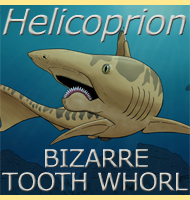 |
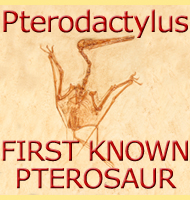 |
 |
